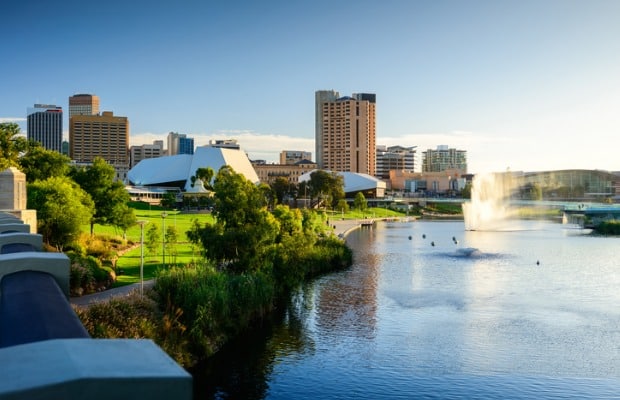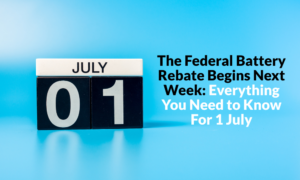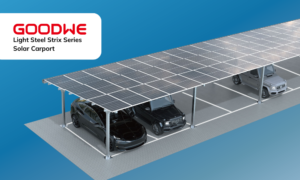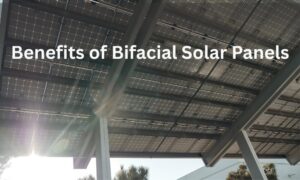In a rapid transformation to take up renewable energy, South Australia is officially leading the charge nation-wide.
Despite political challenges, the state still has its eyes set on its commitment towards sustainable projects, even as major fossil fuel developments continue to receive federal government backing.
An annual progress report, led by a non-profit organisation comprised of energy experts and climate scientists, highlights which areas of the country are moving away from fossil fuel sources. It notes which states and territories are adopting methods to shift from coal, instead opting for clean energy like solar power, wind and hydrogen.

The progress is assessed according to how much electricity originates from renewable energy, as well as the number of households using rooftop solar, large-scale wind and solar capacity per capita, and any policies in place to support the move.
RELATED: Australia makes history: renewable energy supplies more than half of national electrical market
South Australia took out the title of this year’s top place, generating more than half of its electricity through solar and wind sources. In 2030, it has a goal to reach a target of net 100 per cent renewables.
Other states not far behind in clean energy race
Closely behind SA was the Australian Capital Territory, which is still on track to hit its mark for 100 per cent renewable energy by 2020. By 2045, the ACT also plans to achieve zero net emissions, cutting them out from the likes of cities and transport.
In third place was Tasmania, who has its sights set on the 2022 target to achieve 100 per cent renewables. It is currently researched three hydro pump locations that may be able to supply Victoria with energy over the next decade and a half.
Fourth place was taken up by Victoria, who took out points for blueprinting the nation’s largest wind and solar projects, as well as drawing up legislation for a target of 50 per cent by the year 2030.
The bad news for the state is that 80 per cent of its current power still comes from sources relating to fossil fuels, so there’s plenty of room for the region to catch up.
Fifth place saw Queensland’s large-scale projects winning browning points, but these were soon lost with the emphasis on the state government’s continued support for controversial fossil-fuel projects – such as the Adani coal mine.
Additionally, it’s not expected for the state to meet its target of 50 per cent renewables by 2030.
NSW, WA – both currently without any targets for clean energy – ranked sixth and seventh respectively.











































